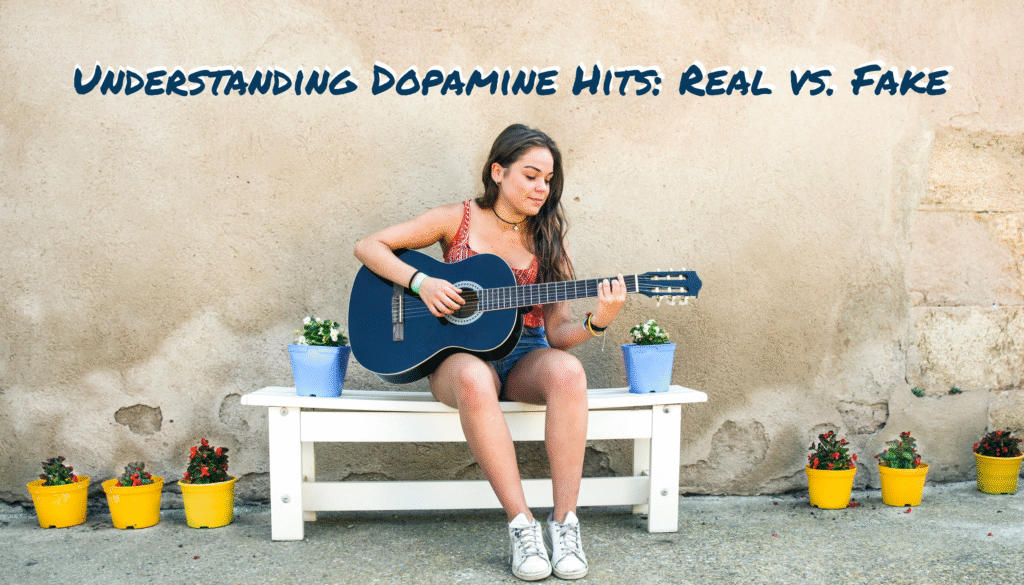Looking for empowering books for girls that will help your daughter navigate friendships, self-confidence, and growing up? Judy Blume’s books have shaped generations of young readers, offering timeless advice for teenage girls through relatable, funny, and thought-provoking stories.Her books have been a lifeline for millions of teens, helping them navigate everything from friendship drama to family struggles, first love, and the changes of growing up.
If you grew up reading Blume, you’ll know she didn’t sugarcoat the tough stuff—puberty, first crushes, friendships gone wrong, cringe-worthy embarrassing moments. Her books made us laugh, cringe, and most importantly, feel understood. While other books tiptoed around the tricky stuff, she jumped straight in, to the point that some of her books left me wide-eyed and wondering if I had accidentally picked up something meant for actual grown-ups. So not every book is right for every stage of development. Some of her stories tackle sensitive subjects, so it’s important to introduce her work thoughtfully based on your daughter’s age and readiness.
In this article, we’ll explore:
- Why Judy Blume’s books are so impactful.
- How her stories can empower your daughter.
- A guide to introducing Judy Blume’s books by age and topic to make sure they align with your values and your child’s maturity level.
Judy Blume’s legacy: Why her books are timeless
A trailblazer in honesty and representation
Judy Blume began writing in the 1970s, filling a gap in children’s and teen literature by tackling taboo topics with honesty and empathy. Topics like puberty, body image, bullying, divorce, and even sexual exploration were rarely addressed in books at the time. Blume’s mission was simple: to write stories that made kids feel less alone.
She once said:
“I wanted to be honest. I wanted to be real. I wanted kids to feel that they weren’t alone.”
Her impact by the numbers
- Blume has written 29 books, selling over 90 million copies worldwide.
- Her work has been translated into 32 languages, resonating with readers across cultures and generations.
- At her peak, her books were considered a rite of passage for pre-teens and teens.
Why Judy Blume’s books are perfect for smart, curious girls
Flawed yet empowered protagonists
Blume’s characters are never perfect—they’re awkward, vulnerable, and often grappling with insecurities. But that’s what makes them so relatable. Through her protagonists, girls see that it’s okay to struggle, to make mistakes, and to grow from them.
For example:
- Margaret from Are You There God? It’s Me, Margaret is navigating the confusion of puberty and religion with humor and heart.
- Linda in Blubber is a victim of bullying, but the book also challenges readers to consider their own complicity in social dynamics.
Empowering themes for teens
Blume’s books normalize the experiences that many teens feel too embarrassed or afraid to talk about:
- Puberty and body changes: Blume was one of the first authors to openly address menstruation in Are You There God? It’s Me, Margaret.
- Friendship struggles: Books like Blubber tackle bullying, peer pressure, and social hierarchies in schools.
- Family challenges: It’s Not the End of the World offers a relatable portrayal of divorce and its impact on children.
- First love and relationships: Forever tackles teenage romance and sexual exploration with honesty and care.
These themes empower girls by helping them feel seen, understood, and capable of navigating life’s ups and downs.
A parent’s guide to introducing Judy Blume’s books
Not all Judy Blume books are created equal, and some are more suitable for younger readers while others tackle mature themes that require a thoughtful introduction. Here’s a guide to help you pick the right book for your daughter based on her age and readiness:
Ages 8–10: Innocent and curious explorers
- “Tales of a Fourth Grade Nothing”
- Themes: Sibling rivalry, childhood humor, responsibility.
- Why it’s great: This lighthearted classic is perfect for younger readers just starting to explore longer stories. It’s relatable, funny, and a great way to introduce Blume’s approachable writing style.
- “Otherwise known as sheila the great”
- Themes: Self-confidence, overcoming fears.
- Why it’s great: Sheila’s story teaches younger girls that it’s okay to face their insecurities and that bravery often starts with small steps.
Ages 11–13: Navigating puberty and social pressures
- “Are You There God? It’s Me, Margaret”
- Themes: Puberty, self-discovery, religion.
- Why it’s great: This iconic book normalizes the anxieties of growing up, from menstruation to friendships. It’s a must-read for girls entering puberty.
- “Blubber”
- Themes: Bullying, peer pressure, empathy.
- Why it’s great: Blubber offers a thought-provoking look at the dynamics of bullying, showing both the harm it causes and the power of self-awareness and kindness.
Ages 14+: Exploring identity and relationships
- “Forever”
- Themes: First love, sexual exploration, responsibility.
- Why it’s great: This groundbreaking novel addresses teen relationships and intimacy with honesty. It’s best for older teens, as it tackles mature topics parents may want to discuss with their daughters.
- “It’s Not the End of the World”
- Themes: Divorce, family dynamics.
- Why it’s great: For teens experiencing family changes, this book provides comfort and shows that it’s okay to feel a range of emotions when life doesn’t go as planned.
Empowering discussion: How to share Judy Blume’s books with your daughter
- Read together: Consider reading one of the books alongside your daughter and discussing it chapter by chapter. This creates opportunities for meaningful conversations about the themes.
- Encourage reflection: Ask open-ended questions like:
- “How would you handle a situation like Margaret’s?”
- “What do you think Linda learned in Blubber?”
- Share your experiences: If you grew up reading Judy Blume, share how her books impacted you. Connecting your experiences with hers can strengthen your bond.
Conclusion: Timeless stories for empowering teenage girls
Let’s be honest: raising a teenage girl in today’s world comes with new challenges. Social media, academic pressure, and body image concerns can feel overwhelming. That’s why introducing your daughter to empowering books like Judy Blume’s can make such a big difference. Although her books were first published over 50 years ago, Judy Blume’s flawed yet empowering protagonists still teach valuable lessons about resilience, self-acceptance, and confidence—lessons that are more important today than ever.
By carefully introducing her books based on your daughter’s age and readiness, you’re giving her the gift of empathy, self-discovery, and valuable life lessons. Also if you get the opportunity, rediscover Judy Blume for yourself. I recently watched Are You There God? It’s Me, Margaret (yes it’s now a movie) and as an adult it hits differently—suddenly, you’re less focused on Margaret’s drama and more on her mom trying to keep it all together. Welcome to the other side. After your daughter finishes the book, I recommend you plan a mother-daughter movie night and watch Are You There God? It’s Me, Margaret. You might just find yourselves laughing, reminiscing, and gaining a whole new appreciation for each other.
What was your favorite Judy Blume book growing up? How did it shape you? Share your story in the comments below and inspire other parents to share these timeless stories with their daughters.







